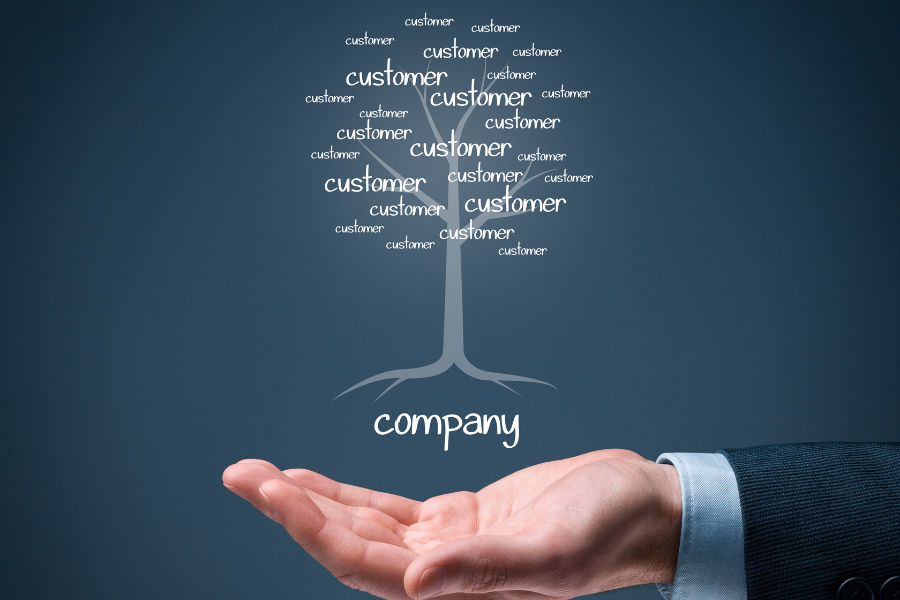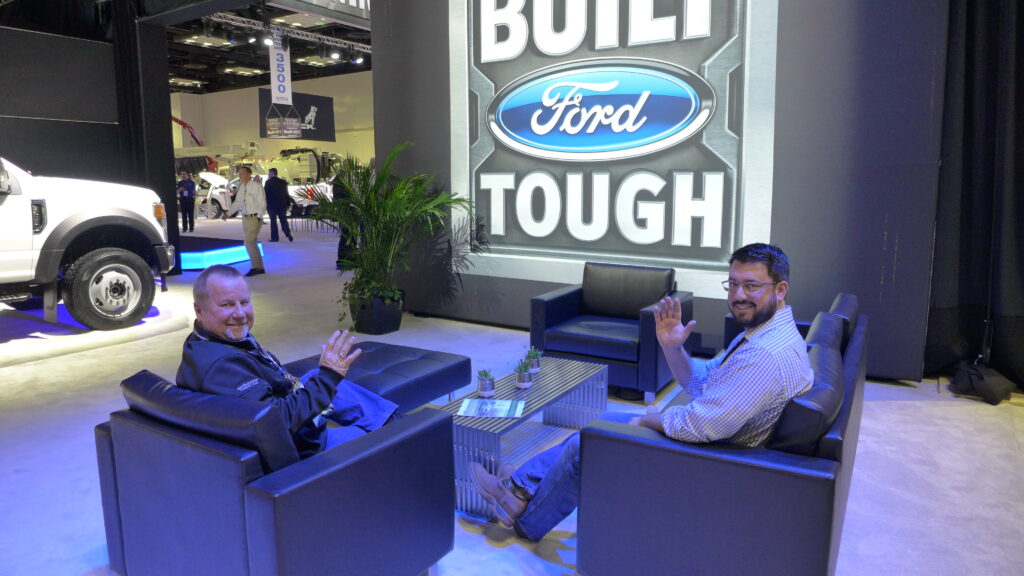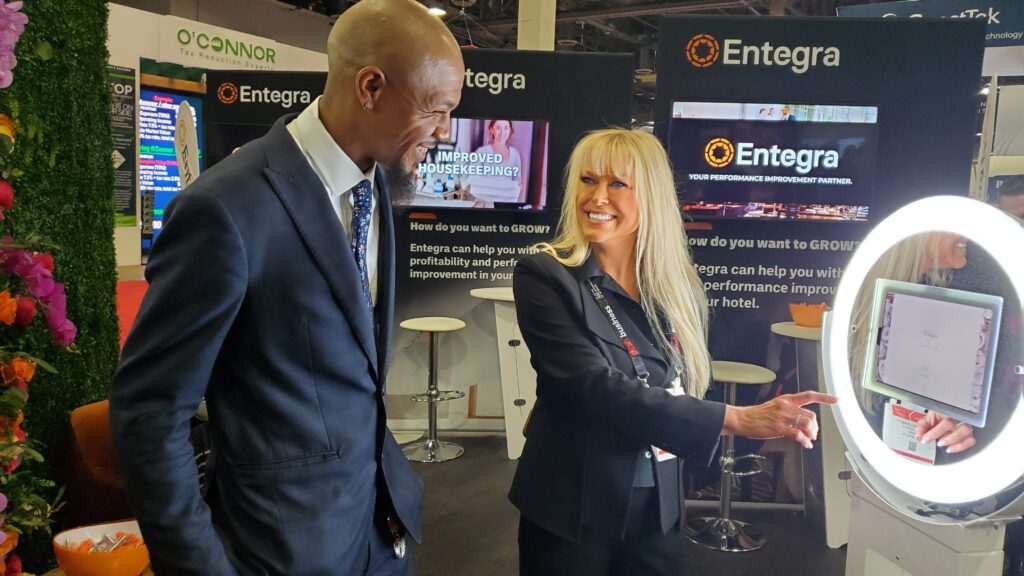In the dynamic world of marketing, where consumer preferences evolve rapidly and competition intensifies by the day, event marketers face the formidable challenge of continually creating remarkable, memorable impressions. With countless booths vying for attention and engagement at every trade show, success hinges not just on the novelty of one’s offerings, but on the ability to forge genuine connections with attendees. In this pursuit, adopting a customer-centric approach becomes not just a strategy but a necessity for those seeking to leave a lasting impression. Let’s delve into why and how event marketers should prioritize the needs and preferences of their target audience when planning booth design, attendee activations, and marketing strategies for their exhibits.
Understanding the Importance of Customer-Centricity in Event Marketing
In the era of experience-driven consumerism, attendees no longer seek mere transactions; they crave memorable experiences that resonate with their needs and aspirations. This fundamental shift in consumer behavior underscores the necessity of adopting a customer-centric mindset in event marketing. Here’s why:
- Enhanced Engagement: By placing the customer at the heart of event planning, marketers can create experiences that resonate deeply with attendees, fostering higher levels of engagement and interaction. When attendees feel valued and understood, they are more likely to actively participate in booth activities and dialogue. Marketers managing a large trade show portfolio should concentrate on the distinct needs of the audience at each event. Since these needs differ significantly, it’s essential to customize the experiences accordingly.
- Building Relationships: Successful marketing extends beyond the confines of a single event; it’s about nurturing long-term relationships with customers. By prioritizing their needs and preferences, event marketers can lay the groundwork for meaningful connections that endure beyond the event itself.
- Driving Brand Loyalty: A customer-centric approach fosters brand loyalty by demonstrating a genuine commitment to addressing the needs of consumers. When attendees perceive value in their interactions with a brand at an event, they are more inclined to remain loyal customers in the future.
Incorporating Customer-Centricity into Booth Design
Booth design serves as the cornerstone of any successful event presence, setting the stage for attendee interactions and experiences. To create a booth that resonates with attendees on a personal level, event marketers should:
- Know Your Audience: Conduct thorough research to understand the demographics, preferences, and pain points of your target audience. Then, develop the strategy and creative elements based on that knowledge before diving into booth design. Determine the objectives for your program and map out some of the tactics that will be used to achieve those objectives. This insight will inform every aspect of booth design, from layout and aesthetics to interactive elements.
Example: Imagine you’re designing a booth for a gaming convention. Your research indicates that the attendees are primarily avid gamers in their twenties and thirties who are passionate about immersive gaming experiences and the latest in gaming technology. To cater to this demographic, you might design your booth with a futuristic theme, complete with LED lighting and high-definition screens displaying game trailers. You could set up demo stations where visitors can try out your new games using the latest VR headsets. The booth’s layout could be open and inviting, encouraging attendees to step in and engage with your products.
- Create Immersive Experiences: Design your booth as a destination rather than a mere display area. Incorporate immersive elements such as interactive displays, presentations, or product demonstrations that allow attendees to engage with your brand on a deeper level.
- Prioritize Accessibility: Ensure that your booth is easily accessible to attendees of all abilities. Consider factors such as wheelchair access, clear signage for neurodiverse attendees, and ample space for navigation to create a welcoming environment for all attendees.
- Facilitate Meaningful Connections: Design your booth layout to facilitate natural conversation and interaction between attendees and booth staff. Create designated areas for one-on-one discussions, product demos, or networking opportunities to foster genuine connections, and don’t forget about storage for any giveaways you plan on distributing.
Activating Attendees with Customer-Centric Engagements
Beyond booth design, attendee activations play a pivotal role in capturing the attention and imagination of event attendees. To create activations that resonate with your target audience, consider the following strategies:
- Personalized Experiences: Tailor attendee activations to cater to the specific interests and preferences of your target audience. Whether it’s through personalized product demos, exclusive offers, or interactive games, strive to make every interaction feel unique and relevant to the individual attendee.
Examples:
a. Verizon Business focuses on providing personalized demonstrations of their product at trade shows. Instead of showcasing all features indiscriminately, they tailor their demos to address the specific needs and challenges of attendees. By understanding the industry and objectives of each visitor, the Verizon Business team highlights features most relevant to their situation, demonstrating how their solutions can solve unique pain points.
b. Mailchimp, an email marketing service provider, hosts interactive workshops at trade shows to educate attendees on email marketing best practices. These workshops go beyond basic product demonstrations and offer practical advice on topics such as crafting effective subject lines, designing eye-catching templates, and analyzing campaign metrics. Attendees leave with actionable insights they can apply to their own email marketing strategies, positioning Mailchimp as a trusted resource in the industry.
- Incorporate User-Generated Content: Encourage attendees to become active participants in your event marketing efforts by incorporating user-generated content into your activations. Whether it’s through photo booths, social media challenges, or live polls, empower attendees to share their experiences with your brand with their social networks.
Example: ColourPop Cosmetics, a beauty brand with a strong social media presence, engages attendees with interactive challenges at trade shows. They set up photo booths where attendees can take creative selfies using ColourPop products and share them on social media with a branded hashtag. By encouraging user-generated content and leveraging the power of social media, ColourPop extends the reach of its brand and creates buzz around its booth at trade shows.
- Provide Value-Added Content: Offer attendees valuable insights, resources, or experiences that align with their interests and needs. Whether it’s through educational workshops, expert-led seminars, hands-on demonstrations, or white papers, provide content that enriches attendees’ understanding of your products or industry. Consider adding value to the attendee through follow-up communications that nurture these new relationships and provide compelling content to attendees.
Example: Glossier, a beauty brand known for its customer-centric approach, offers personalized skincare consultations at trade shows. Attendees can book one-on-one sessions with skincare experts who analyze their skin type and concerns before recommending products from Glossier’s lineup. These consultations not only provide valuable skincare advice but also create memorable experiences that strengthen the bond between attendees and the brand.
- Foster Community Engagement: Create opportunities for attendees to connect with like-minded peers and industry influencers. Whether it’s through networking events, panel discussions, or collaborative activities, foster a sense of community that extends beyond the confines of the event itself.
Examples:
a. Bayer held a Corporate Symposium during RSNA 2023 featuring industry speakers and panel discussions about how radiologists can positively impact the patient experience through education, collaboration, and communication. All of the speakers were well-known in the industry without affiliation to Bayer and brought attendees together to further enhance a sense of community among radiologists.
b. Trello, a project management tool, organizes community-building events at trade shows to connect with users and enthusiasts. These events include user meetups, where Trello users can network with each other and share tips and tricks for maximizing productivity. By fostering a sense of community and camaraderie among attendees, Trello strengthens its relationship with users and reinforces its position as a collaborative and user-friendly tool.
Implementing Customer-Centric Marketing Strategies
In addition to booth design and attendee activations, event marketers must align their overall marketing strategies with the needs and preferences of their target audience. Here are some key tactics to consider:
- Segmentation and Targeting: Segment your audience based on factors such as demographics, psychographics (a qualitative method of studying consumers based on their psychological characteristics and traits), and purchase behavior to tailor your marketing efforts to the unique needs of each segment. By delivering personalized messaging and offers, you can increase the relevance and effectiveness of your marketing campaigns. Often, attendee badges will be color-coded so you and your team can determine the ways that you choose to interact with each attendee type and create more individualized experiences for them.
- Omnichannel Engagement: Engage attendees across multiple touchpoints before, during, and after the event to create a cohesive and seamless brand experience. Whether it’s through email marketing, social media promotion, or targeted advertising, leverage a mix of channels to reach your audience where they are most active. Remember that it takes about seven touches before a potential customer considers making a purchase.
- Feedback and Iteration: Solicit feedback from attendees throughout the event to gauge their satisfaction levels and identify areas for improvement. Leverage this feedback to continuously improve your marketing approaches, adapting them promptly to stay in sync with your audience’s changing needs and tastes.
- Measure and Analyze Results: Utilize data analytics tools to measure the effectiveness of your marketing efforts and gain actionable insights into attendee behavior and engagement. By tracking key metrics such as booth traffic, engagement rates, and lead conversions, you can refine your strategies and optimize future event marketing initiatives.
Conclusion
Event marketers must prioritize the needs and preferences of their target audience to stand out and succeed. By adopting a customer-centric approach to their overall event and exhibit strategy – booth design, attendee activations, and marketing plan – marketers can create memorable experiences that resonate deeply with attendees, driving engagement, fostering relationships, and ultimately driving business success. As events continue to evolve in response to changing consumer behaviors and preferences, embracing customer-centricity will remain essential for those seeking to thrive in the dynamic world of event marketing.
TPG is a boutique event marketing agency specializing in integrated virtual and live trade show and event marketing experiences. Contact One of Our Experts Explore Our Work



